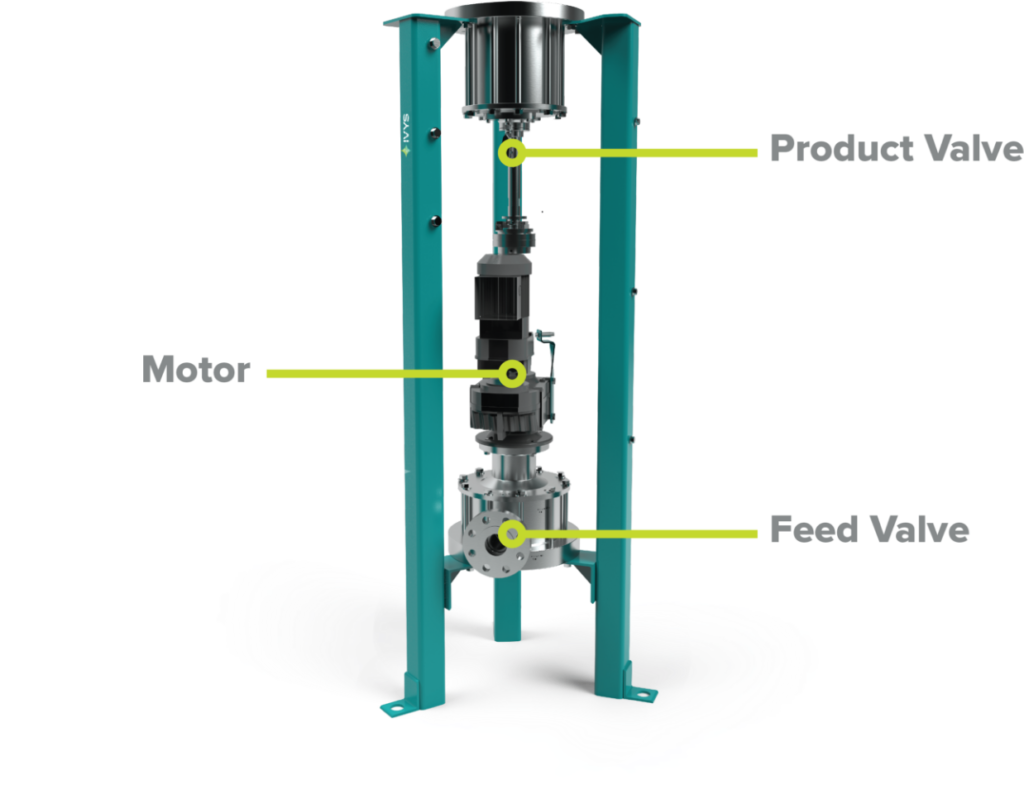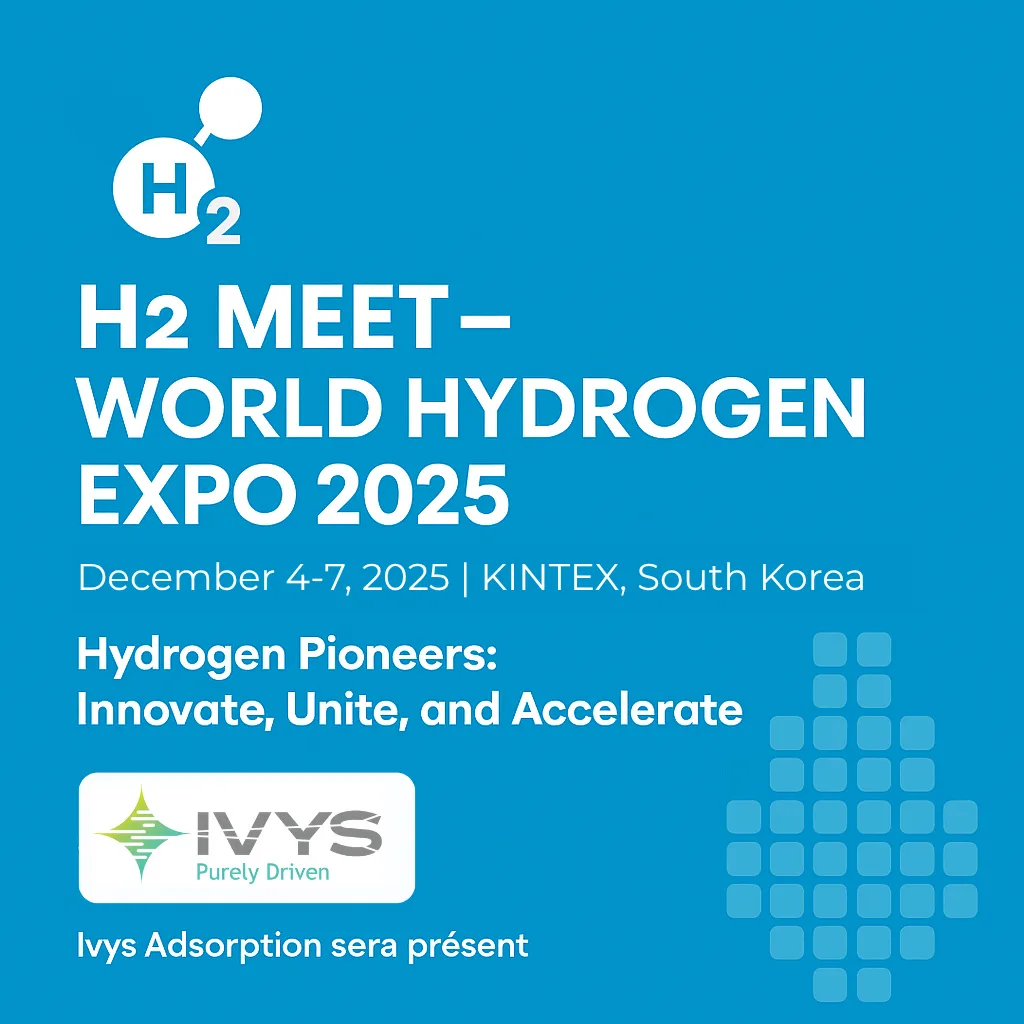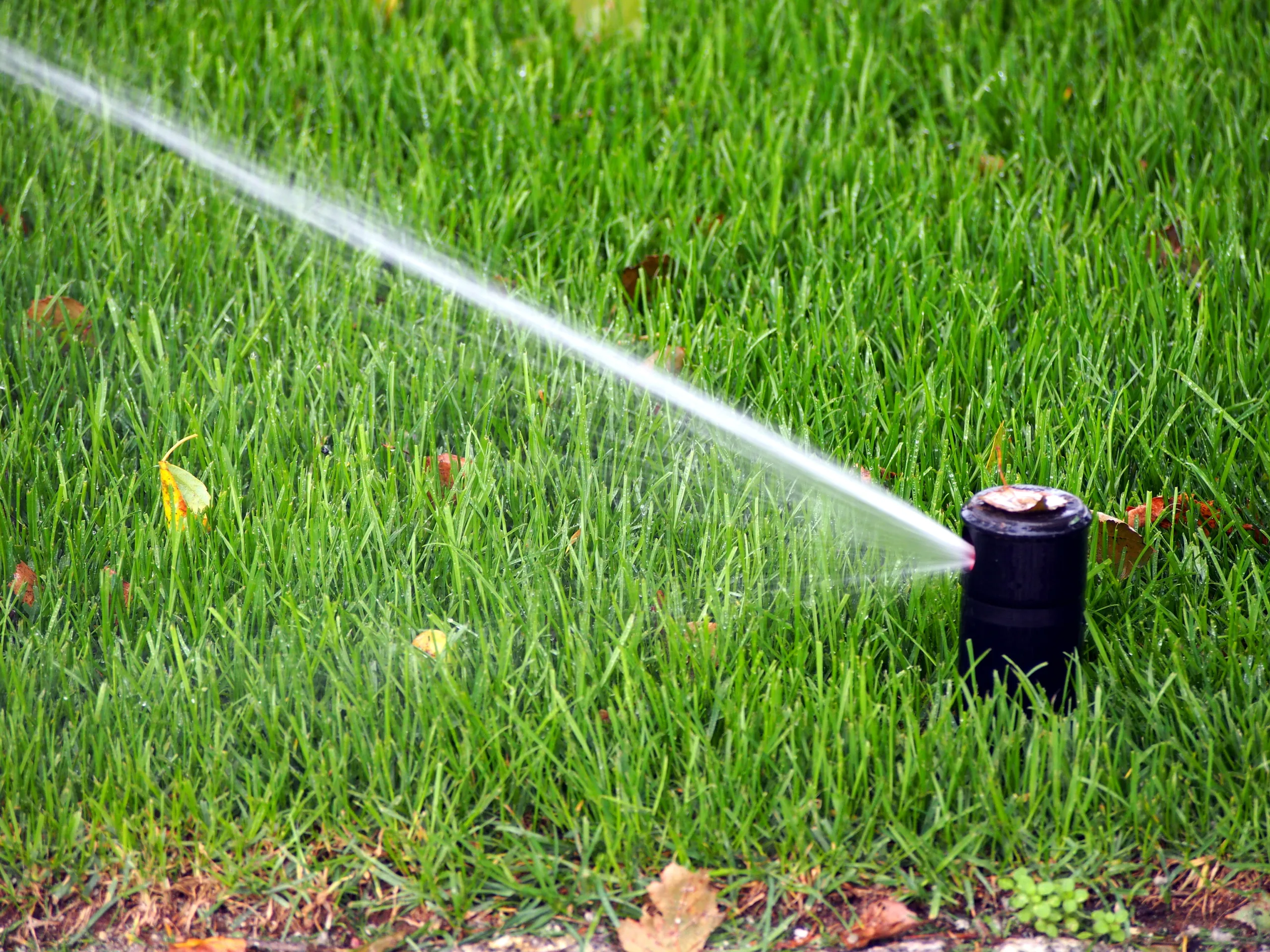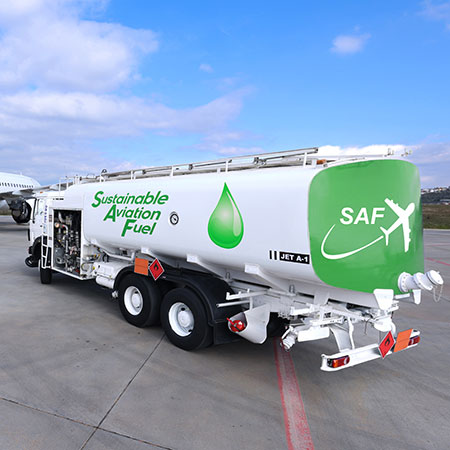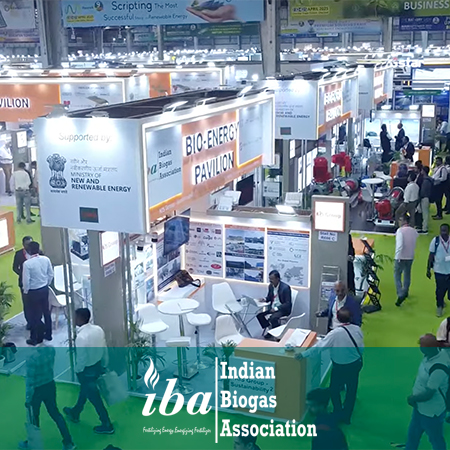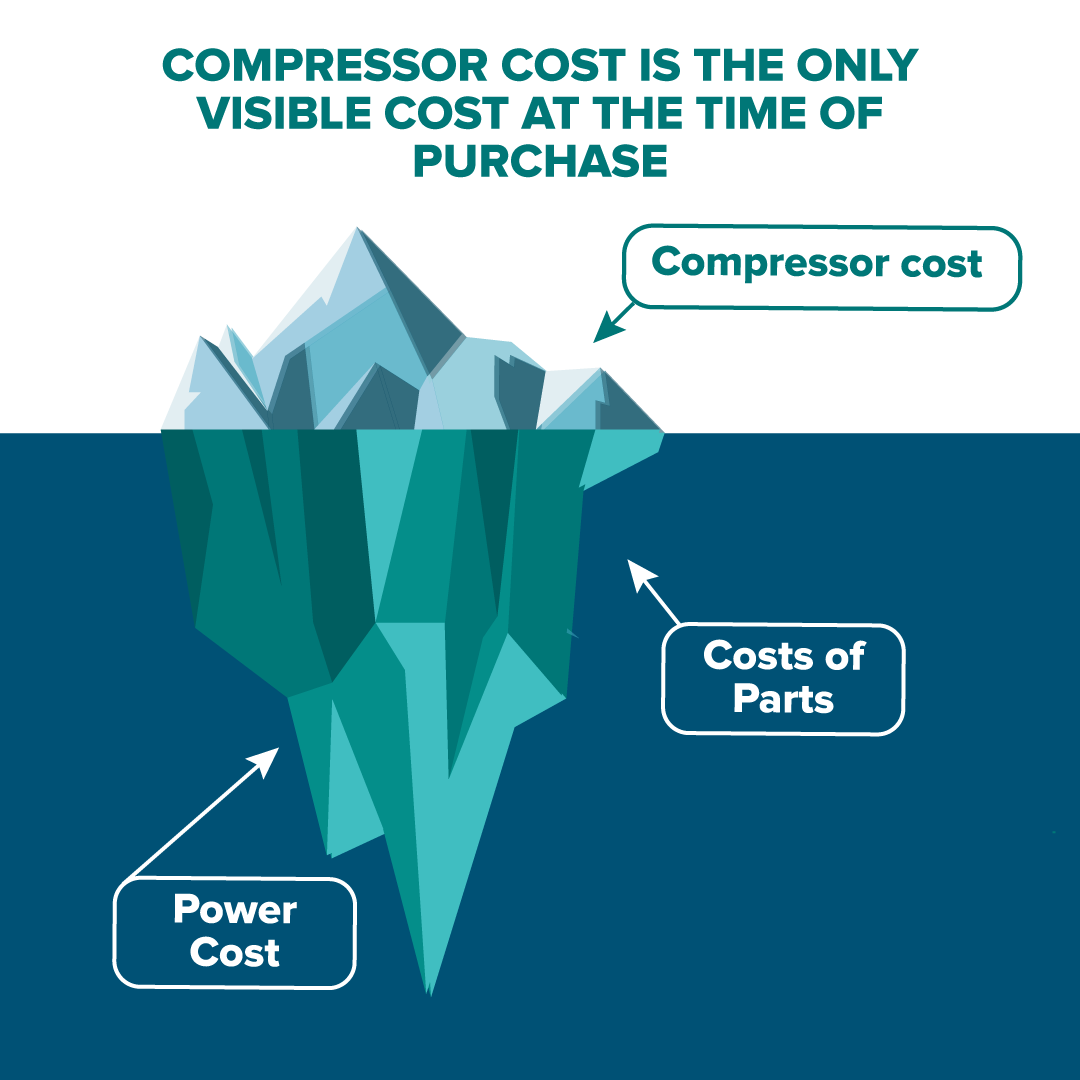Understanding PSA Technology for gas upgrading
A PSA or Pressure Swing Adsorption System works on the principle of preferential “adsorption” or adhesion of certain gas molecules onto a solid adsorbent material under pressure, and the reversible nature of the process to release the adsorbed molecules at low pressurePressurized feed gas is introduced to a vessel filled with adsorbent and the gas stream is purified as certain molecules are adsorbed onto the material inside the vessel. The “purified” product gas flows from the top of the vessel at pressure. Once the vessel has reached its adsorbent capacity, the gas flow is “switched” to a fresh column and the pressure is reduced in the loaded vessel to release the adsorbed molecules at low pressure as “exhaust” gas, thereby regenerating the adsorbent for another cycle. This process is fully reversible and repeats itself to provide a continuous flow of purified gas. Multiple vessels are used to allow for near continuous process flows.
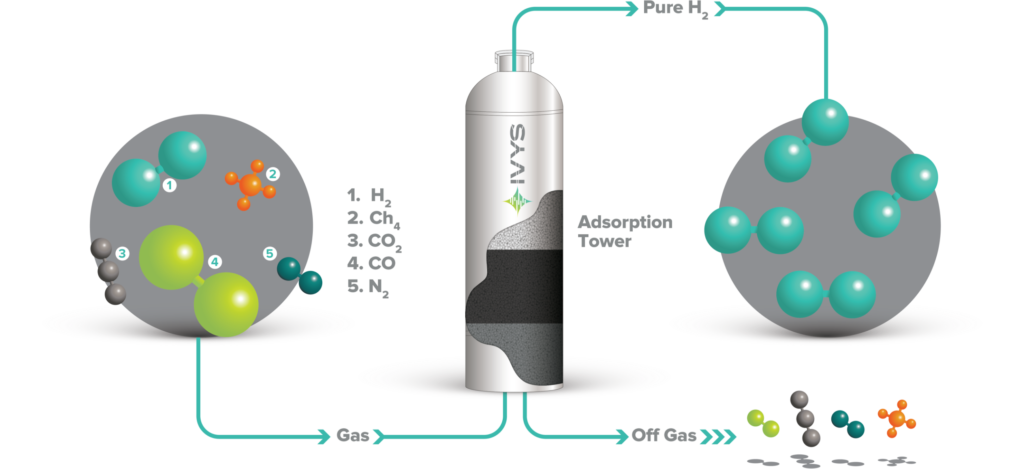
Our PSA systems
Ivys’s PSA systems consist of identical vessels filled with high-efficiency adsorbent. The vessels are connected via a single proprietary rotary valve. All the steps occur via the rotary valve.
The valve rotation speed controls product purity and recovery. Feed gas enters the bottom of each vessel and the product exits via the top of the vessel, while the separated contaminants are removed in an exhaust stream from the bottom of the vessel.
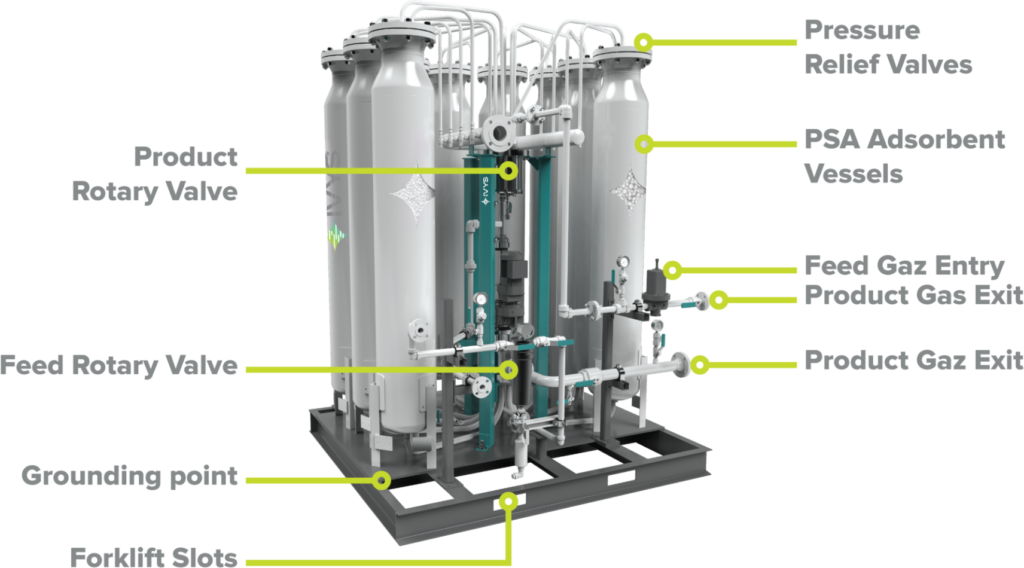
Our rotary valves
Ivys’ PSA units have one rotary valve (feed valve) connected to the bottom of each vessel and another rotary valve (product valve) connected to the top of each vessel. Feed gas is allowed to flow through a passage in the feed valve to at least one vessel while, at the same time, purified product gas is allowed to flow from the vessel through the product valve passage to the product line. Other flows are similarly connected through the rotary valve for exhaust, purge, equalizations, etc.
As the two valves rotate simultaneously, gas flows are gradually switched from one vessel to the next to produce the efficient Ivys’ PSA cycle. Although this cycle is much faster than conventional PSAs (with the inherent advantages), this is still a very slow rotational speed of 1.0 to 0.3 RPM (Rotations Per Minute)
